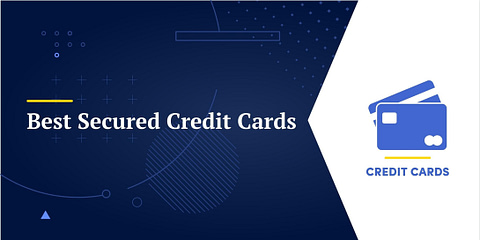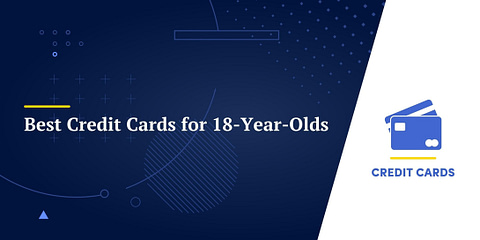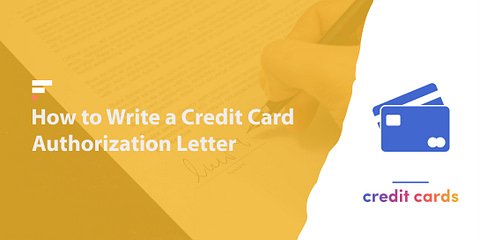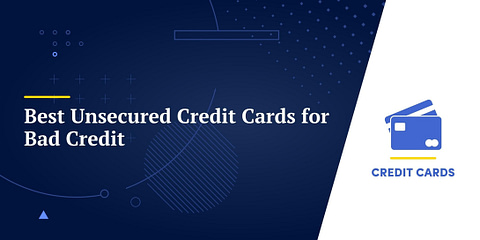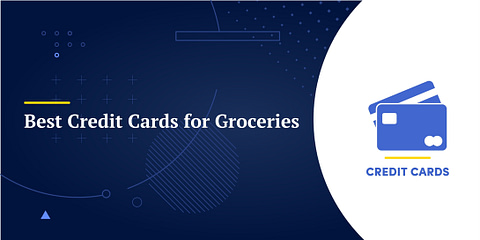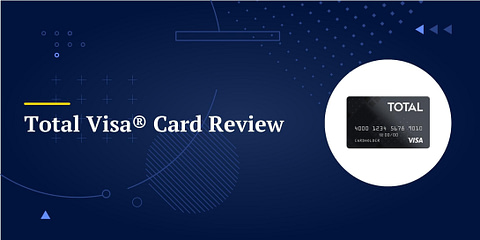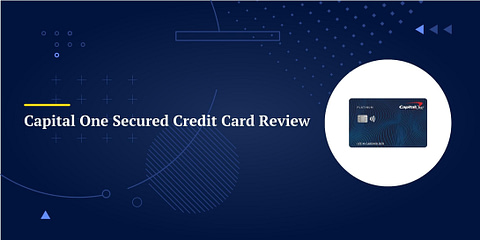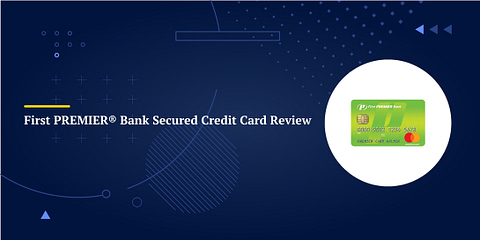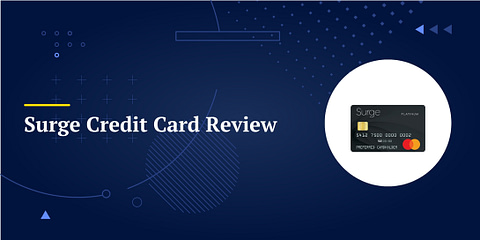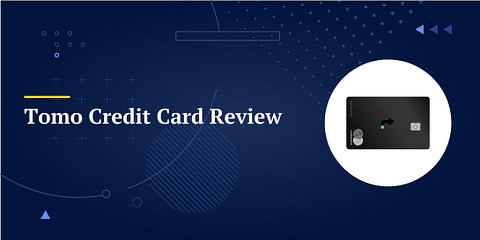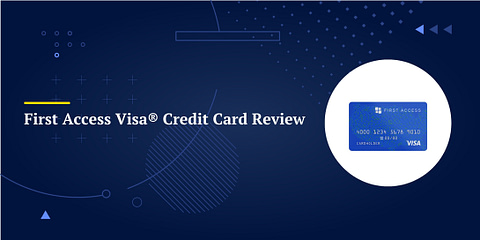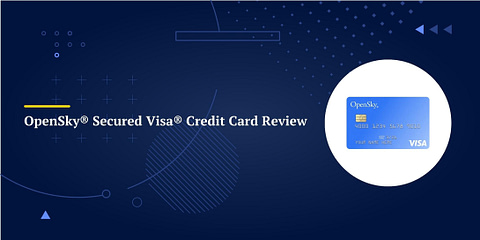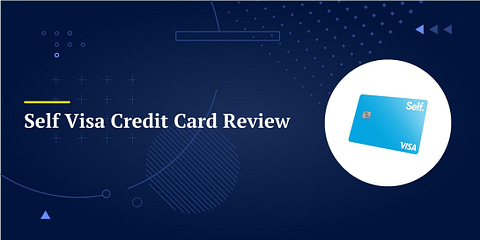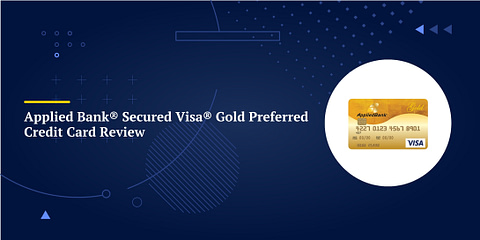Credit card billing errors can happen to anyone.
Whether it’s an unfamiliar charge or an unauthorized transaction, knowing how to spot and fix these mistakes on time can save you time and money.
Let’s explore the most common types of billing errors, why they happen, and what you can do to fix them.
What Are Credit Card Billing Errors?
Have you ever checked your credit card statement and saw something that didn’t quite look right?
Billing errors are any incorrect charges or fees on your credit card statement. These charges can be the result of a simple mistake or something more serious like a fraudulent transaction. Here are some of the most common types of billing errors:
- Unauthorized transactions: any transaction you didn’t make or give permission to anyone else to make. These are usually fraudulent transactions made by someone who got access to your credit card details. For example, you may notice a charge from a store you’ve never been to or a recurring monthly payment you haven’t authorized.
- Incorrect amounts: when you’re charged the wrong amount for a payment or purchase you’ve made. This commonly happens when a vendor accidentally overcharges you or charges you twice for a product or service.
- Charges for undelivered items: a charge for a product or service that you didn’t accept or wasn’t delivered to you.
- Failure to post a return: when a merchant fails to credit your card back after you’ve made a return.
- An unclear charge: a charge that requires more information and isn’t clearly identified on your statement.
- Charges for damaged goods: a charge for an item that was received damaged or of poor quality.
- Failure to send a statement: when your creditor doesn’t send you a monthly statement. This error is justified only if you’ve given them your correct address. As more people are opting to receive electronic statements, this is easily preventable.
👉 Less common billing errors are mathematical errors. While not unheard of, it’s rare for a credit card provider to make a mistake when calculating your monthly balance or interest owing.
Why Do Credit Card Billing Errors Happen?
Most billing errors are simply just errors. For example, a duplicate charge on your credit card statement for the same amount on the same date could mean you double swiped your card at a restaurant or there was an error in the processing of an online purchase.
If you’re a credit card owner, chances are, you’ll probably experience a billing issue at one point or another.
Unfortunately, in some cases, billing errors are the result of unauthorized use that results from identity theft. In this case, identity theft refers specifically to credit card theft — someone gaining access to your credit card information and making fraudulent transactions.
How to Spot a Billing Error
Keeping track of your finances is important. The easiest way to do this is by logging in to your mobile or online banking. The convenience of digital banking allows you to check your credit card activity in real-time. This way, you can spot a billing error as soon as possible.
If you’re not an online banking user, read through your monthly credit card statement as soon as you get it.
☝️ When it comes to billing errors, time is of the essence. You have 60 days from the date your monthly statement is issued to notify your credit card issuer of an error. If more than 60 days have passed, the credit card company has no obligation to take action.
How to Track and Fix a Credit Card Billing Error
So you’re going through your credit card statement and you spot something that looks like a possible error. What are the next steps? Here’s what you should do.
1. Ask For Clarification
When you’re unsure about a credit card charge, a quick call to your credit card company can help clear things up. A representative can give you more information about the charge and help you determine whether it’s a billing error.
For instance, an authorization hold that looks like a double charge is a common misunderstanding. This is when it looks like you were charged twice after making a purchase, but it’s actually just an authorization hold. An authorization hold is when your bank puts a hold on your account to check if you have the funds to pay for the purchase. This causes the same amount to appear twice under “pending transactions”, making it look like you were double-charged for the same transaction.
In reality, you weren’t charged twice. Your authorization hold will eventually disappear, and your account will only be billed once.
2. Contact the Merchant
If a billing error concerns a merchant, you must contact the merchant first and try to resolve the transaction directly with them. In fact, credit card issuers will require you to attempt to resolve the issue with the merchant before you initiate a formal dispute.
If the billing error is legitimate, the majority of merchants will correct the mistake. For example, you may have ordered something online that arrived in poor condition. In this case, sellers will likely offer you a refund once you bring it to their attention.
If the merchant is unwilling to correct the mistake, your next step would be to dispute the transaction directly with your credit card company.
3. Dispute the Transaction
Under the federal Fair Credit Billing Act, you have the right to dispute incorrect and inaccurate charges to your credit card. This includes billing errors and unauthorized use. Here’s how a typical dispute process works:
- Contact the credit card company within 60 days of from the date of the statement. This is typically done by sending a written notification in the form of a dispute letter.
💡 Tip: Contact your credit card issuer and ask about their dispute process. You may be able to file a dispute online instead of mailing a letter, which makes the process quicker and more convenient.
- The dispute letter should contain the following information: your name, account number, the date and amount of the disputed transaction, and why you’re disputing the charge.
- Keep any evidence of the transaction like receipts, photos, or correspondence with the merchant in case you need to back up your claims.
- The credit card issuer or bank must acknowledge receipt of your dispute within 30 days and resolve the error in the next two billing cycles.
- In the meantime, you still need to pay for the part of your balance that is correct while the investigation is ongoing, but you’re not required to pay the disputed amount.
- Once the investigation it’s completed, the credit card company will let you know whether they accepted your claim or not. If they have, those charges will be removed from your account. If not, they will explain in writing why that is.
💡 Tip: Disputing a transaction doesn’t affect your credit score in any way.
What to Do in Case of Unauthorized Use
Credit card companies have developed sophisticated tools to monitor your activity and detect fraud. Many times, they’re able to prevent unauthorized charges and notify you of suspicious activity before you’re even aware of it.
However, not all fraudulent transactions can be prevented. That’s why it’s important to regularly check your credit card activity. If you spot an unauthorized charge on your account, contact your credit card provider as soon as possible. The fraud department will likely cancel your card and issue you a brand new one while they investigate the fraudulent activity. You may also have to write a letter
According to the federal Truth in Lending Act, your liability for the fraudulent charges is limited to $50. This means that you’ll only be responsible for covering $50 of the unauthorized purchases out of your own pocket, but you won’t be held responsible for anything above that.
💡 Tip: Before calling your credit card provider to report an unauthorized transaction, make sure the transaction was truly fraudulent. For example, check if it was a transaction you forgot you made, or ask your spouse or family members if they used the card without your knowledge.
Conclusion
Credit card errors happen. The best way to protect yourself against credit card errors is to regularly check your credit card statements.
If you spot a mistake, don’t panic. As long as you act on time, there are multiple avenues you can take to resolve the problem.

